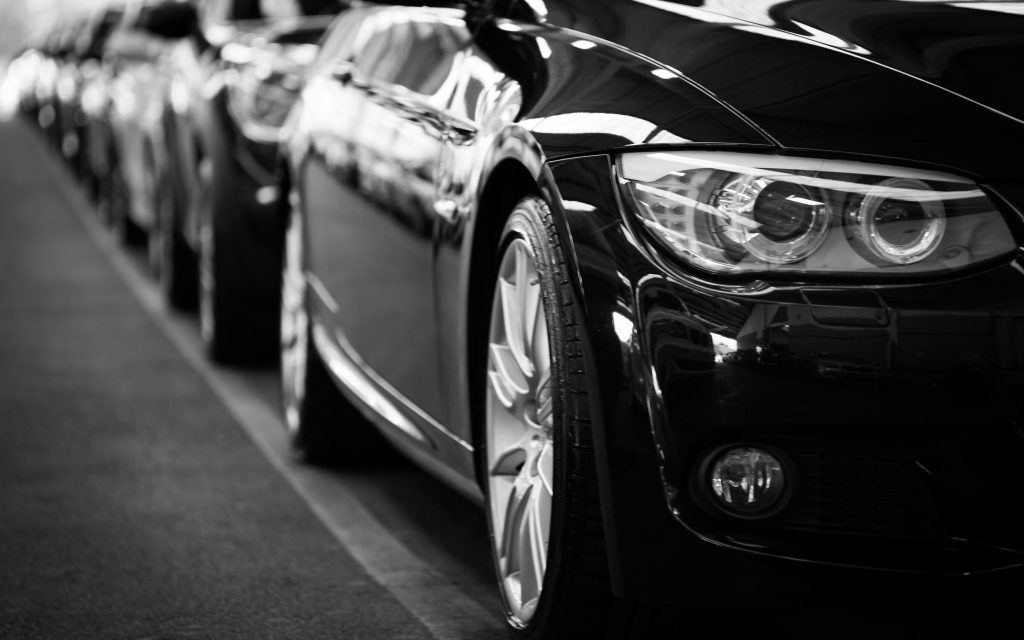Drones, also known as unmanned aerial vehicles (UAVs), have seen a significant rise in commercial use over the past decade. With their ability to fly and capture aerial footage, drones have become an essential tool for many industries, including photography, film, agriculture, construction, and delivery services. As the number of commercial drones in operation continues to grow, so does the need for drone insurance.
Drone insurance is a type of coverage specifically designed for commercial drone operators to protect their business and equipment from potential risks and liabilities. In this article, we will explore the essentials of drone insurance for commercial use, including why it is necessary, what it covers, and how to obtain it.
Why is Drone Insurance Necessary?
Operating a drone for commercial purposes comes with several risks that could result in significant financial losses. These risks include equipment damage, personal injury, property damage, and privacy invasion. Without proper insurance coverage, commercial drone operators are left vulnerable to these risks and expenses that could potentially bankrupt their business.
Moreover, in most countries, including the United States, having drone insurance is a legal requirement for commercial drone operations. The Federal Aviation Administration (FAA) mandates drone operators to carry liability insurance policies with a minimum coverage limit of $100,000.
What Does Drone Insurance Cover?
Drone insurance policies typically include two types of coverage: liability coverage and hull coverage.
- Liability Coverage
Liability coverage insures against third-party claims resulting from property damage or bodily injury caused by a drone. This type of coverage is vital as it protects commercial drone operators from costly legal expenses and compensation claims.
For instance, if a drone accidentally crashes into a property, causing damage to the property or injuring someone, the liability coverage will cover the costs of repairing the damage or compensating the injured party.
In addition to physical damage, liability coverage also protects against privacy invasion claims, which may arise due to aerial photography or surveillance. For instance, if a drone operator captures footage of a person’s private property without their consent, the liability coverage will help cover any legal expenses and damages related to the lawsuit.
- Hull Coverage
Hull coverage, also known as physical damage coverage, insures against damage or loss of the drone itself. This type of coverage is essential for commercial drone operators, as drones can be costly, and any damage or loss can cause a significant financial burden.
Hull coverage typically includes both ground and in-flight risks, such as drone crashes, malfunctions, and theft. Some insurance providers may also offer coverage for the drone’s payload or any other equipment attached to it, such as cameras or sensors.
How to Obtain Drone Insurance?
As drone insurance is relatively new, not all insurance providers offer coverage for commercial drone operations. Therefore, it is essential to research and find an insurance provider that specializes in drone insurance.
When selecting a drone insurance policy, it is crucial to consider the extent of coverage, including the limits and deductibles. The limits refer to the maximum amount the insurance provider will pay in case of a claim, while deductibles refer to the amount the insured party has to pay before the insurance coverage kicks in.
In addition to coverage limits, it is also crucial to consider the specific needs of the business. For instance, a drone operator conducting deliveries will require different coverage than someone operating a drone for aerial photography.
Before obtaining drone insurance, it is also essential to review the FAA guidelines for commercial drone operations and ensure that the insurance policy aligns with these guidelines.
Furthermore, drone operators should also carefully read and understand the insurance contract’s terms and conditions to avoid any surprises or misunderstandings in case of a claim.
Conclusion
In conclusion, drone insurance is an essential aspect of commercial drone operations. It provides coverage for potential risks and liabilities, protects against legal expenses and compensation claims, and is a legal requirement in most countries.
Commercial drone operators must research and find a reputable insurance provider that offers tailored coverage to their specific needs. They must also carefully read and understand the terms and conditions of the insurance policy to avoid any surprises in the event of a claim. With proper insurance coverage, commercial drone operators can focus on their business operations without worrying about potential risks and liabilities.


